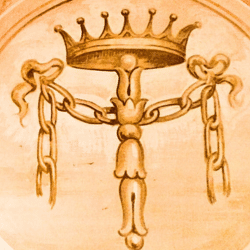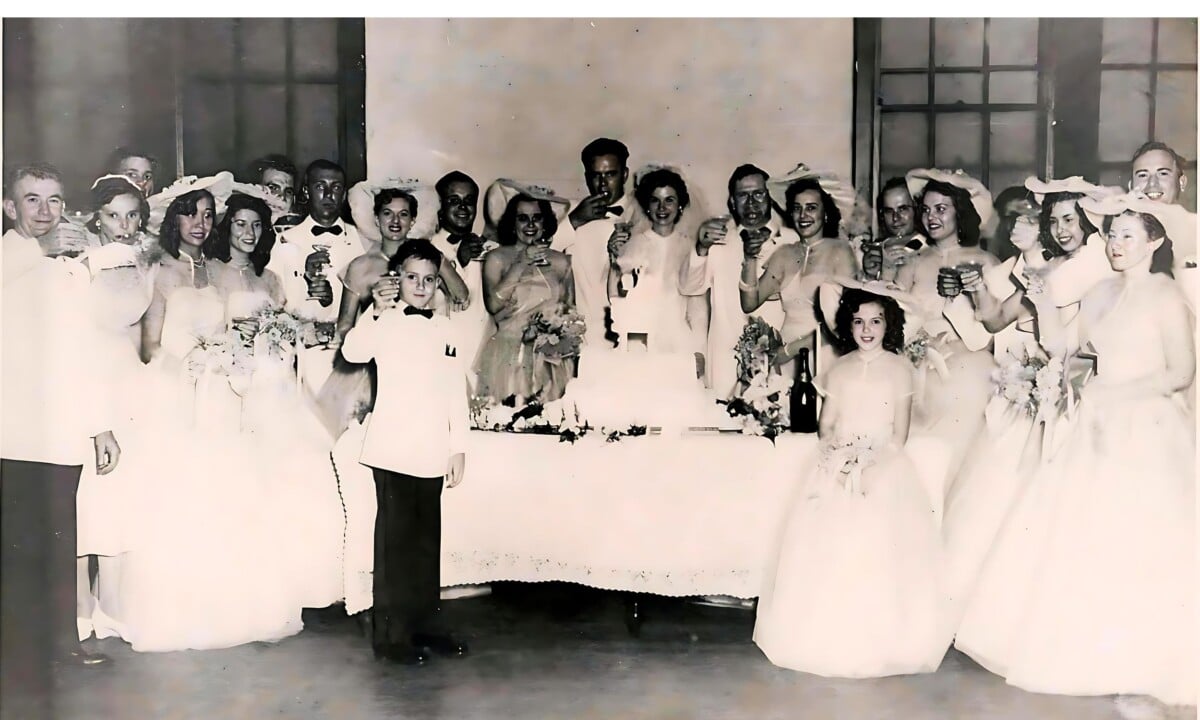
As we peel back the layers of our family’s past, we stumble upon a startling truth: the first marriage contract in Nouvelle France (Canada) was signed when Anne Cloutier was just 11 years old. Astonishingly, she was my 8th great-grandmother. Her union with the 30-year-old Robert Giffard unveils a tale of courage and sacrifice, but also of heartbreaking loss. Tragically, Anne’s life was cut short at the tender age of 22, after birthing six children in that only two survived their infancy.
It’s moments like these that foreshadow the tumultuous journey ahead. As we delve deeper, we’ll come face to face with the harsh realities that prompted the French government to reassess their approach to colonizing the New World. Brace yourself for the twists and turns as we uncover the untold chapters of our family’s history.
The Filles du roi, also called the King’s Daughters, in New France (now Canada) between 1663-1673, The Pelican Girls 1704, in Mobile and then the Casquette Girls that came to New Orleans accompanied by the Ursuline Nuns.
At just 10 years old, Anne Cloutier was promised to Robert Drouin by her father. Tragically, she died at 22 after giving birth to six children.
It took twenty years, but when Louis XIV took control of the colonization of Canada, he, through his ministers, set up programs whereby women contracted to come to Canada for the sole purpose of marrying initiatives were known as The King’s Daughters.


Also Genevieve Drouin married Romaine D’Estrepagny and had twelve children. She was part of the Filles du roi, or King’s Daughters, were approximately 768 women who came to New France (now Canada) between 1663 and 1673.
Their legacy lives on in millions of French Canadian descendants across Quebec, Canada, the USA, and beyond.
In 1704, Fort Louis faced a scarcity of female companionship for its young French soldiers near present-day Mobile, Alabama.
Fearing the soldiers might harass Native American women, Governor Bienville appealed to King Louis XIV for help. Responding to the plea, French authorities sent young women, mostly orphaned or from modest backgrounds, to marry the soldiers and build families.
Dubbed the Pelican Girls after the ship that bore them across the Atlantic, they sought a brighter future in the New World. Geneviève Elisabeth Burel would marries Claude Trepagnier


In 1719, the voyage of the ship La Mutine embarked from France, bound for the Mississippi, carrying essential supplies for the fledgling French colony alongside a group of women unjustly accused and confined for alleged sex crimes.
Shackled in the ship’s hold, these women endured harsh conditions, with only 62 out of 132 surviving the journey
Among the Casquette Girls was Marie Mahou, whose resilience epitomizes their determination to overcome adversity.
Marie Mahou emerges as a testament to the untold contributions of women in shaping the Gulf South’s history.

